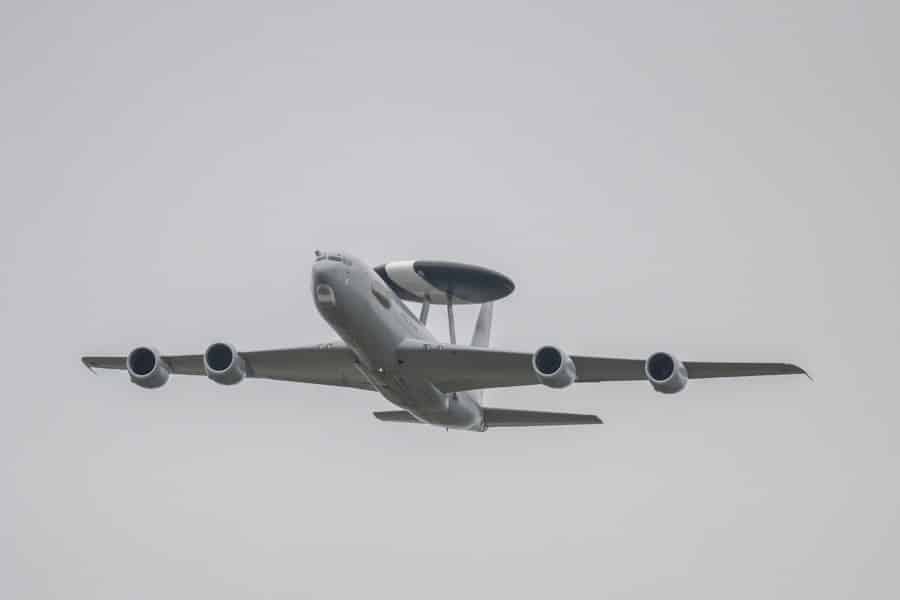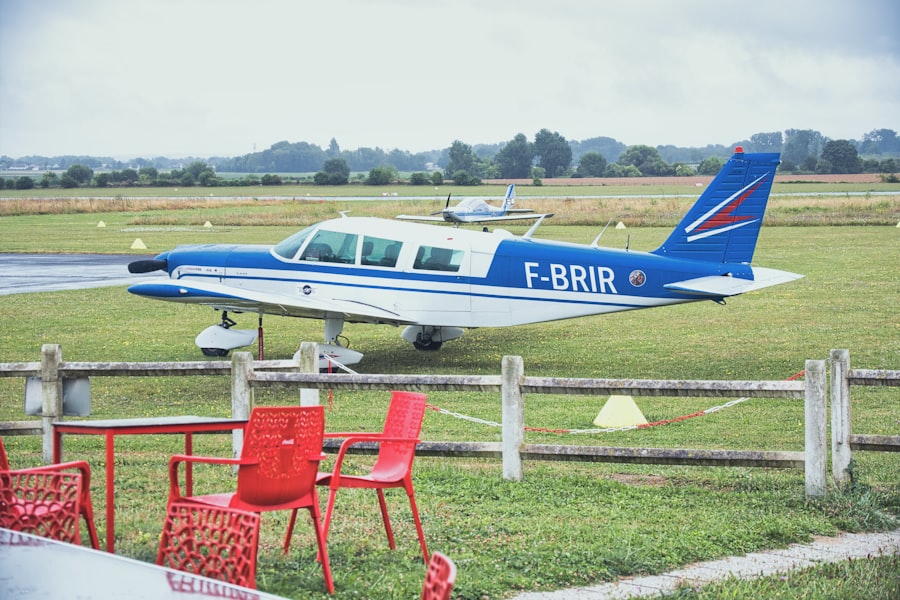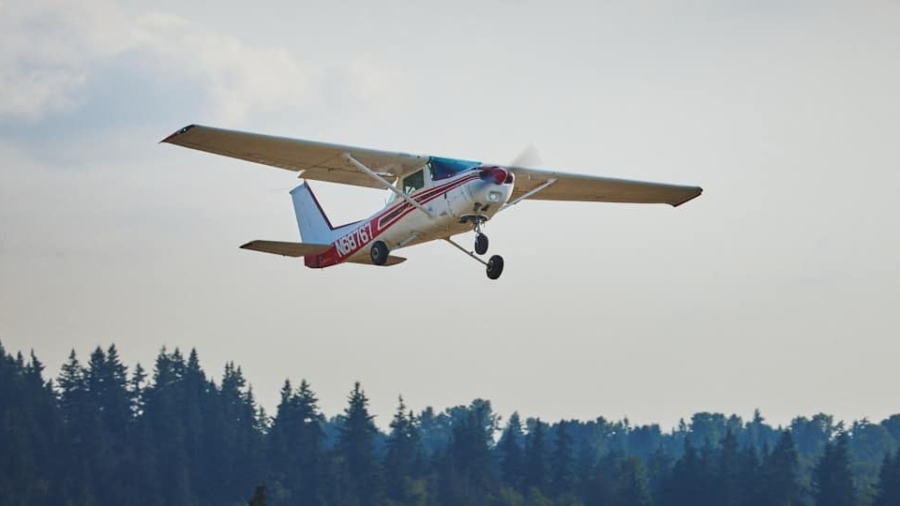Electric aviation represents a significant shift in the way we think about air travel and its environmental footprint. Traditional aviation relies heavily on fossil fuels, which contribute to greenhouse gas emissions and air pollution. In contrast, electric aircraft promise a cleaner alternative by utilizing electric propulsion systems powered by batteries or hybrid technologies.
The potential reduction in carbon emissions is substantial; studies suggest that electric aircraft could reduce emissions by up to 90% compared to conventional jet engines, particularly on short-haul flights where battery technology is most effective. Moreover, electric aviation can also mitigate noise pollution, a growing concern for communities near airports. Electric engines operate much more quietly than their combustion counterparts, which can lead to a more harmonious coexistence between airports and surrounding neighborhoods.
This reduction in noise pollution can enhance the quality of life for residents and may even lead to fewer restrictions on flight operations, allowing for more flexible scheduling and increased air traffic capacity. As cities continue to grow and urbanize, the need for sustainable transportation solutions becomes increasingly urgent, making electric aviation a compelling option for the future.
Key Takeaways
- Electric aviation has the potential to significantly reduce carbon emissions and mitigate the environmental impact of traditional aviation.
- Advancements in electric aircraft technology, such as improved battery efficiency and electric propulsion systems, are driving the development of electric aviation.
- Electric aviation could lead to potential cost savings for airlines and passengers through reduced fuel and maintenance costs.
- Infrastructure challenges and opportunities, such as the need for charging stations and battery swap facilities, will be critical for the widespread adoption of electric aviation.
- Regulatory hurdles, including certification and safety standards, will need to be addressed to facilitate the integration of electric aircraft into existing aviation systems.
Advancements in Electric Aircraft Technology
The technological advancements in electric aircraft are rapidly evolving, driven by both innovation and necessity. One of the most significant developments is in battery technology. Lithium-ion batteries have been the standard for electric vehicles, but researchers are exploring alternatives such as solid-state batteries, which promise higher energy densities and faster charging times.
These advancements could enable electric aircraft to fly longer distances without the need for frequent recharging, thereby expanding their operational range and making them more viable for commercial use. In addition to battery improvements, electric propulsion systems are becoming more sophisticated. Companies like Joby Aviation and Archer are developing eVTOL (electric Vertical Take-Off and Landing) aircraft that can operate in urban environments, providing on-demand air taxi services.
These aircraft utilize distributed propulsion systems, where multiple small electric motors are spread across the wings and fuselage, enhancing efficiency and safety. The integration of advanced materials such as carbon fiber composites also contributes to weight reduction, further improving the performance of electric aircraft. As these technologies mature, they will pave the way for a new era of aviation that prioritizes sustainability without compromising performance.
Potential Cost Savings for Airlines and Passengers

The financial implications of transitioning to electric aviation are profound for both airlines and passengers. Operating costs for electric aircraft are expected to be significantly lower than those of traditional jets. Electric engines have fewer moving parts than combustion engines, which translates to reduced maintenance costs over time.
Additionally, electricity is generally cheaper than aviation fuel, especially as renewable energy sources become more prevalent. This cost efficiency could allow airlines to pass savings onto passengers in the form of lower ticket prices, making air travel more accessible. Furthermore, the potential for reduced airport fees cannot be overlooked.
Many airports charge landing fees based on the weight of the aircraft; lighter electric planes could incur lower fees, further decreasing operational costs for airlines. This economic advantage could incentivize airlines to adopt electric aircraft more rapidly, leading to a broader shift in the industry. As competition increases among airlines to offer affordable flights, the overall market dynamics could shift favorably for consumers, resulting in a win-win scenario where both airlines and passengers benefit from the transition to electric aviation.
Infrastructure Challenges and Opportunities
While the promise of electric aviation is enticing, it is accompanied by significant infrastructure challenges that must be addressed to facilitate widespread adoption. One of the primary concerns is the availability of charging stations at airports. Unlike traditional refueling operations that can be completed quickly, charging electric aircraft may require substantial time and investment in infrastructure development.
Airports will need to invest in high-capacity charging stations capable of servicing multiple aircraft simultaneously, which could necessitate significant upgrades to existing facilities.
Airports could partner with renewable energy providers to create sustainable charging solutions that not only power electric aircraft but also contribute to the overall energy grid.
The integration of solar panels or wind turbines at airport facilities could provide a dual benefit: powering ground operations while also supplying energy for charging electric planes. This synergy could lead to a more resilient and sustainable airport ecosystem that supports the transition to electric aviation.
Regulatory Hurdles for Electric Aviation
The regulatory landscape surrounding electric aviation is complex and still evolving. Aviation authorities around the world must establish new guidelines and standards specific to electric aircraft technology, which can be a lengthy process. Safety regulations will need to be adapted to account for the unique characteristics of electric propulsion systems, including battery management and emergency protocols.
The Federal Aviation Administration (FAA) and European Union Aviation Safety Agency (EASA) are already working on frameworks to address these issues, but comprehensive regulations may take years to finalize. Moreover, there is a need for international cooperation in establishing standards that can be universally applied across borders. As electric aviation technology develops rapidly, regulatory bodies must keep pace with innovation while ensuring safety and environmental compliance.
This balancing act can create delays in bringing new aircraft models to market, potentially hindering progress in the industry. However, proactive engagement between manufacturers, regulators, and industry stakeholders can help streamline this process and foster an environment conducive to innovation.
The Role of Electric Aviation in Reducing Carbon Emissions

Electric aviation holds significant promise in the global effort to reduce carbon emissions from transportation. The aviation sector is responsible for approximately 2-3% of global greenhouse gas emissions, a figure that is expected to rise as air travel demand increases. By transitioning to electric aircraft, it is possible to drastically cut these emissions, particularly on short-haul routes where battery technology is most effective.
The International Air Transport Association (IATA) has set ambitious targets for reducing net emissions by 50% by 2050 compared to 2005 levels; electric aviation could play a crucial role in achieving these goals. In addition to direct emissions reductions from aircraft operations, electric aviation can also contribute to broader sustainability initiatives within the transportation sector. As cities adopt electric public transport systems and encourage the use of electric vehicles, integrating electric aviation into this ecosystem can create a seamless travel experience with minimal environmental impact.
This holistic approach not only addresses emissions from air travel but also promotes sustainable practices across various modes of transportation.
The Future of Electric Aviation in Commercial and Private Travel
The future of electric aviation appears promising for both commercial airlines and private travel enthusiasts. As technology continues to advance and regulatory frameworks evolve, we may see a gradual integration of electric aircraft into existing fleets alongside traditional jets. Airlines are already beginning to explore hybrid-electric options as a transitional step toward fully electric models.
Companies like Airbus and Boeing are investing heavily in research and development aimed at creating efficient electric aircraft capable of serving regional routes. For private travel, electric aviation offers exciting possibilities as well. The emergence of eVTOL aircraft could revolutionize urban mobility by providing quick and efficient transportation options within cities.
These aircraft could serve as air taxis or personal vehicles, reducing congestion on roadways while offering a unique travel experience. As battery technology improves and charging infrastructure expands, private individuals may find themselves with access to affordable and sustainable air travel options that were previously unimaginable.
Potential Challenges and Limitations of Electric Aviation
Despite its many advantages, electric aviation faces several challenges that could limit its widespread adoption. One significant limitation is battery capacity; current lithium-ion batteries may not provide sufficient energy density for long-haul flights without significant weight penalties or extended charging times. While advancements in battery technology are promising, achieving the necessary breakthroughs will take time and investment.
Additionally, public perception and acceptance of electric aviation will play a crucial role in its success. Many travelers may be hesitant to embrace new technologies due to concerns about safety or reliability. Education campaigns highlighting the benefits of electric aviation—such as reduced emissions and noise—will be essential in fostering public trust in these new modes of transport.
Furthermore, as with any emerging technology, there will be a learning curve associated with operating and maintaining electric aircraft that must be addressed through training programs for pilots and ground crews. In conclusion, while electric aviation presents an exciting opportunity for transforming air travel into a more sustainable mode of transportation, it is essential to navigate the challenges ahead thoughtfully and collaboratively. The interplay between technological advancements, regulatory frameworks, infrastructure development, and public acceptance will ultimately shape the trajectory of this innovative sector within the aviation industry.
In the rapidly evolving world of aviation, the potential for electric aircraft to transform air travel is gaining significant attention. A related article that delves into the technological advancements in personal devices, which could complement the shift towards more sustainable travel, is What is the Best Android Health Management Watches?. This article explores the latest in wearable technology, highlighting innovations that could enhance passenger experience and safety in the context of electric aviation. As electric aircraft promise to reduce emissions and operational costs, integrating advanced health management watches could further revolutionize how we perceive and experience air travel, ensuring a healthier and more connected journey.
FAQs
What is electric aviation?
Electric aviation refers to the use of electric power for the propulsion of aircraft. This can include fully electric aircraft, as well as hybrid electric aircraft that use a combination of electric and traditional fuel-powered systems.
How does electric aviation work?
Electric aviation works by using electric motors powered by batteries or fuel cells to generate thrust for the aircraft. These systems can replace or supplement traditional gas turbine engines, offering a more sustainable and environmentally friendly alternative.
What are the potential benefits of electric aviation?
Electric aviation has the potential to significantly reduce greenhouse gas emissions and noise pollution compared to traditional aircraft. It also has the potential to lower operating costs and reduce reliance on fossil fuels.
What are the challenges of electric aviation?
Challenges of electric aviation include the limited energy density of current battery technology, which can limit the range and payload capacity of electric aircraft. Infrastructure for charging and battery swapping also needs to be developed to support widespread adoption of electric aviation.
How could electric aviation revolutionize air travel?
Electric aviation has the potential to make air travel more sustainable and affordable, opening up new possibilities for regional and short-haul flights. It could also lead to quieter and more environmentally friendly airports, as well as reduced reliance on fossil fuels for aviation.

